Improving the overall efficiency and welding quality of the Submerged Arc Welding Machine usually requires a series of technical means and optimization measures. Submerged arc welding machines are widely used in thick plate welding, shipbuilding, pressure vessels and large steel structures. Their efficiency and quality directly affect the operating efficiency and product quality of the production line.
Modern submerged arc welding machines are equipped with automatic control systems that can automatically adjust welding parameters (such as welding current, voltage, welding speed, etc.) according to real-time feedback during the welding process. Automatic adjustment of welding parameters can ensure stability during the welding process, improve welding quality, and avoid human errors. For example:
Automatically adjust the current according to the welding conditions to ensure a stable welding arc and reduce problems that occur during welding (such as overheating or insufficient cooling).
Automatically adjust the voltage to maintain the stability of the welding arc and avoid the impact of too low or too high voltage on welding quality.
Welding wire is a key consumable material in submerged arc welding. The feeding speed and accuracy of the welding wire directly affect the welding quality and efficiency. Modern welding machines use high-precision wire feeding devices (such as servo motor controlled wire feeding systems) to achieve more accurate wire feeding and avoid welding defects caused by unstable wire feeding (such as incomplete penetration, slag inclusions, uneven welds, etc.). Improving the stability and accuracy of the wire feeding system can not only increase the welding speed, but also ensure the consistency of welding quality.
The welding power supply of the submerged arc welding machine plays an important role in welding efficiency and quality. Selecting an efficient and stable welding power supply can provide continuous welding current and ensure the stability of the arc. At present, many modern submerged arc welding machines use digitally controlled inverter power supplies, and their features include:
Compared with traditional AC welding machines, inverter welding machines have significantly improved output stability and energy efficiency, which can reduce energy consumption.
The inverter power supply can more accurately control the current waveform, provide a more stable arc, and help improve welding quality.
Automation and robotization technology have been widely used in submerged arc welding machine systems, especially in large-scale, repetitive welding tasks. Automated welding can significantly improve efficiency and reduce manual errors. Automation technology can improve welding quality through automatic positioning, weld tracking, and welding parameter optimization. Specific measures include:
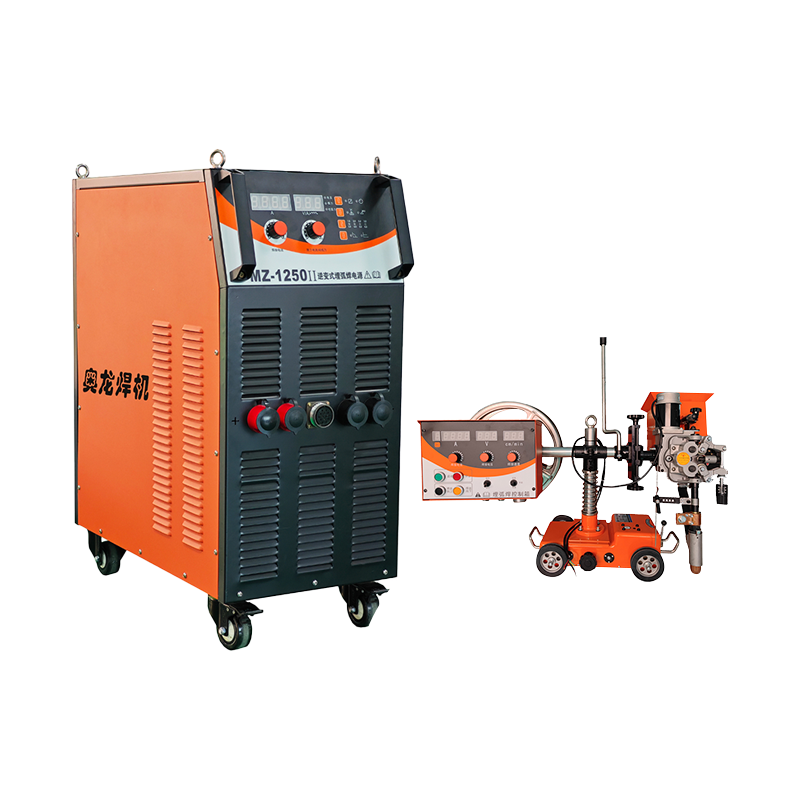
Through laser sensors or vision systems, the welding head can automatically track the position of the weld and adjust the welding parameters in real time to adapt to the changes in the weld, thereby ensuring the uniformity of the welding quality.
Through precise motion control, welding robots can achieve high-speed and precise welding operations, avoiding errors and instabilities in manual operations.
Welding powder plays an important role in submerged arc welding. It not only protects the weld from oxidation and reduces pores, but also affects the welding speed and weld quality. Different types of welding powder are suitable for different welding materials and environmental conditions. Choosing the right powder can significantly improve welding efficiency and welding quality. Key factors include:
Choose the appropriate type of powder according to the welding material (such as low alloy steel, stainless steel, etc.) to ensure that the powder can provide effective arc protection.
The adjustment of trace elements in the powder (such as iron powder, silicon powder, etc.) can improve welding quality, reduce defects such as slag inclusions and pores, and also affect the welding speed.
The design of the welding head and the welding posture directly affect the heat input distribution and arc stability of the welding. Optimizing the design of the welding head can make the welding process more efficient and stable:
Reasonable welding head design can ensure uniform coverage of welding powder, help the welding arc melt the welding wire more stably, and reduce welding defects.
Adjusting the angle of the welding gun to ensure the reasonable flow of powder deposition and molten pool will help improve the welding quality.
During the welding process, the temperature of the welding hot zone will have an important impact on the welding quality. A proper cooling system can prevent deformation or cracks caused by overheating and ensure the stability and quality of welding. Modern submerged arc welding machines are usually equipped with efficient cooling systems, including:
Water cooling of the welding power supply and welding head can effectively prevent overheating of the equipment and improve the ability of continuous welding operation.
For light-load operations, the use of an efficient air cooling system can also effectively maintain the temperature of the equipment.
Through these comprehensive measures, it is possible to ensure that the submerged arc welding machine can work continuously and stably in an efficient and safe environment, thereby improving production efficiency and welding quality, and meeting the high standards required in industrial production.



 English
English 中文简体
中文简体 Español
Español русский
русский

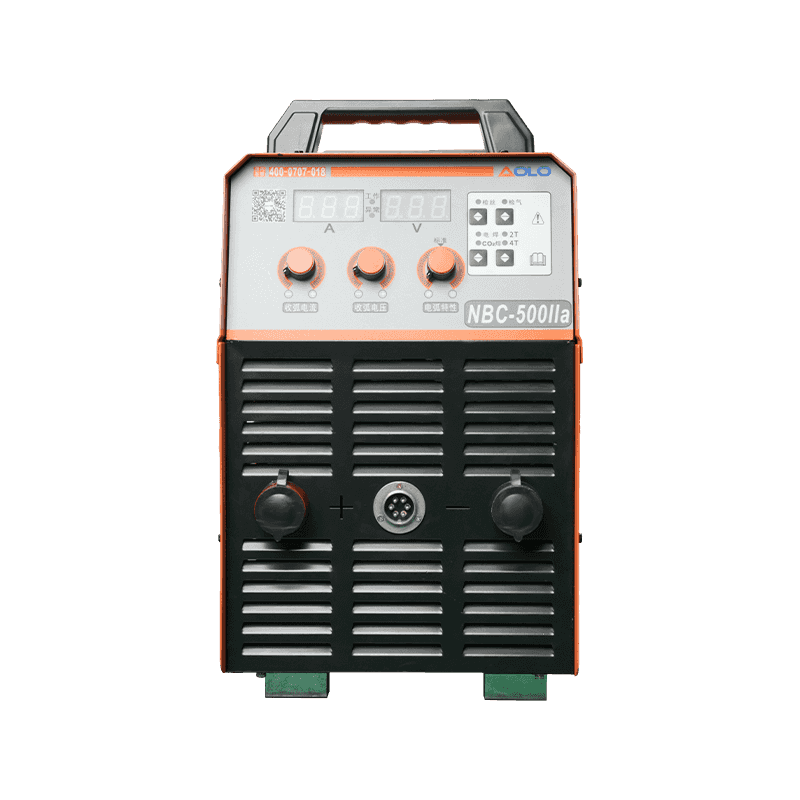
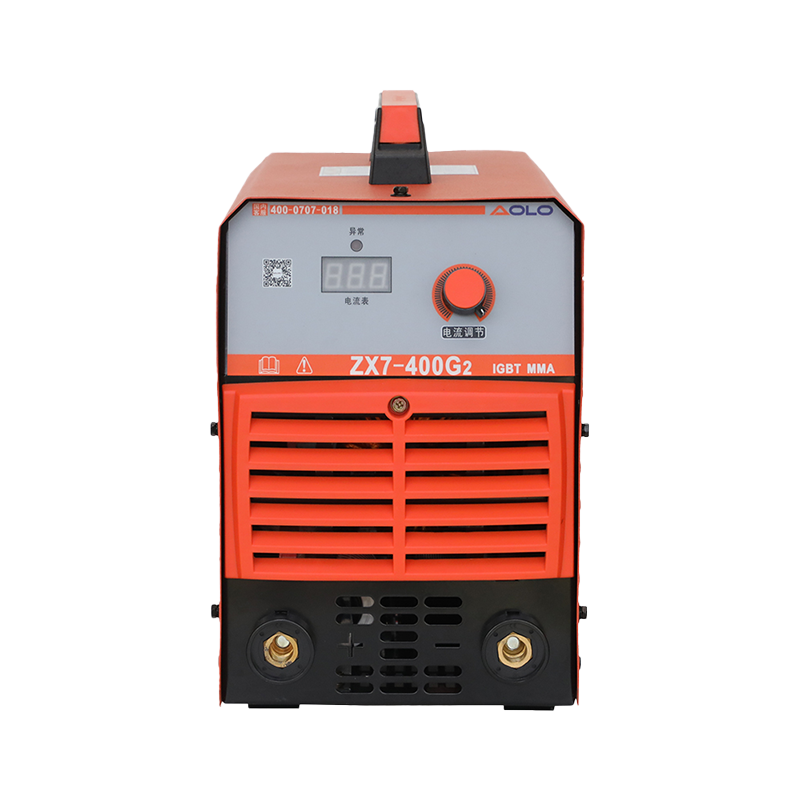
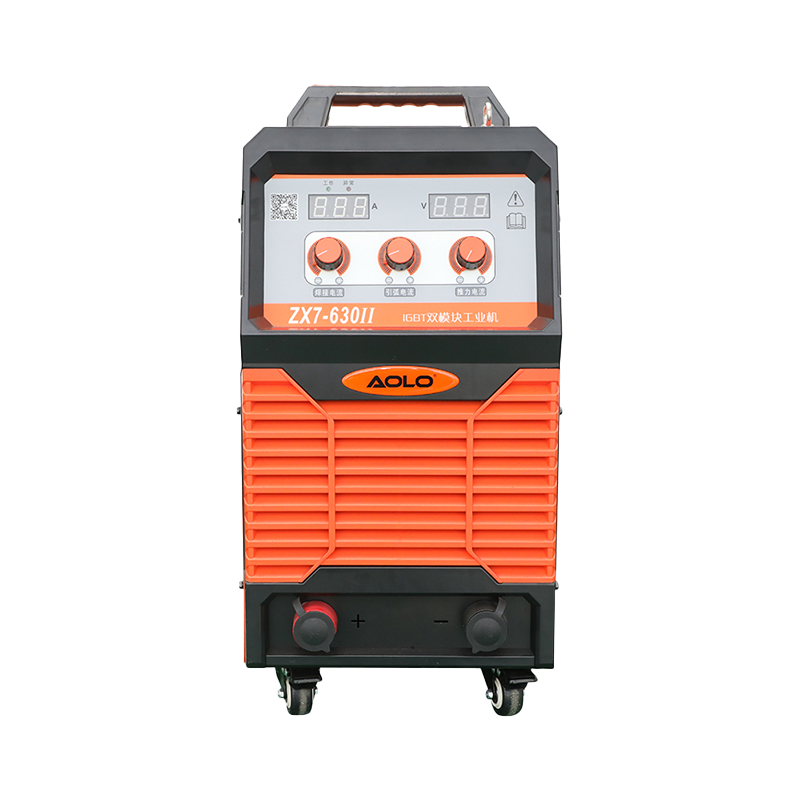
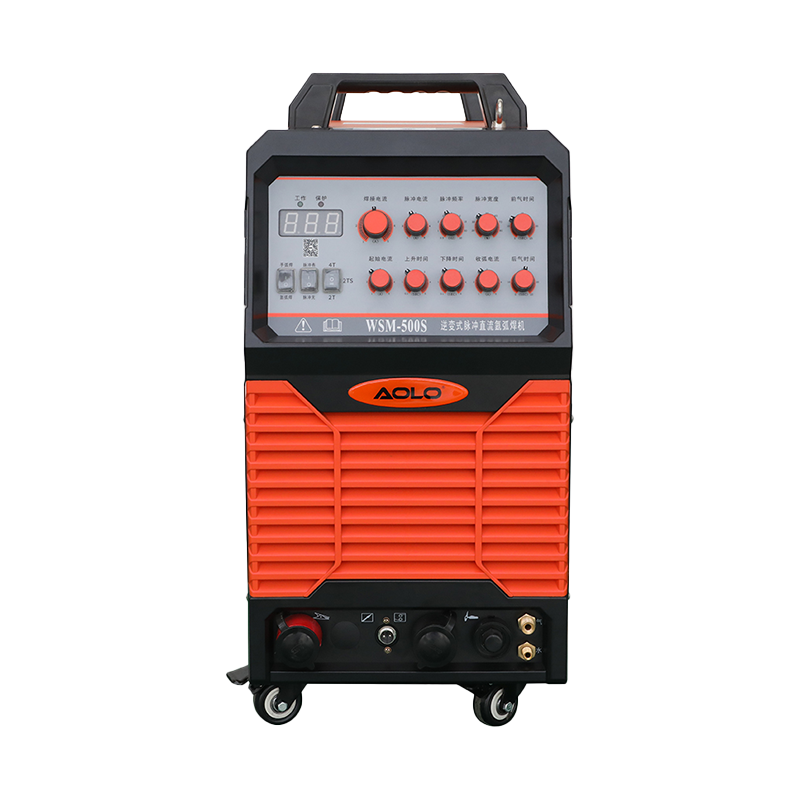
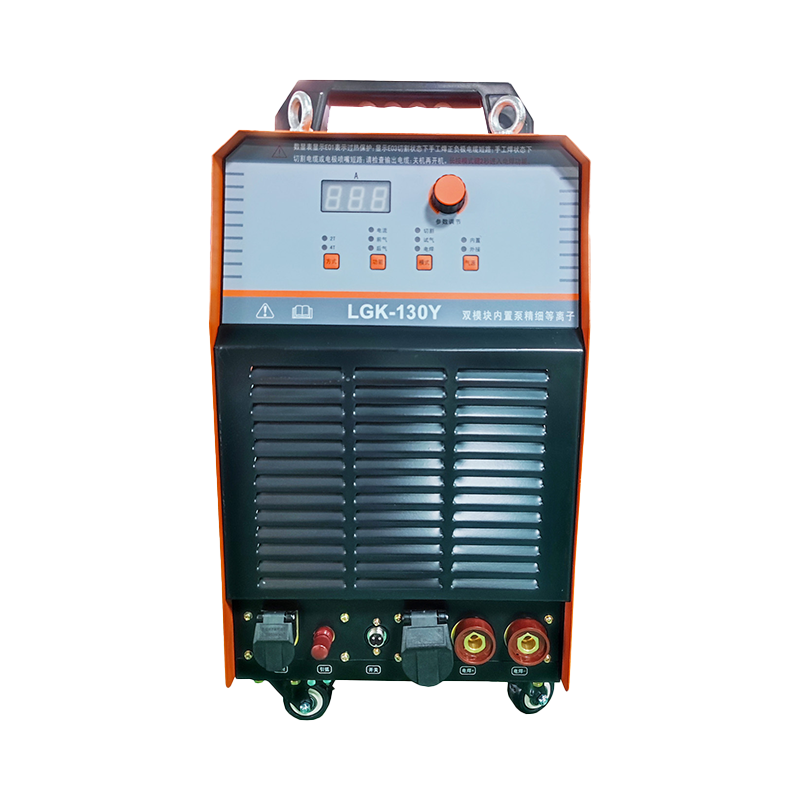
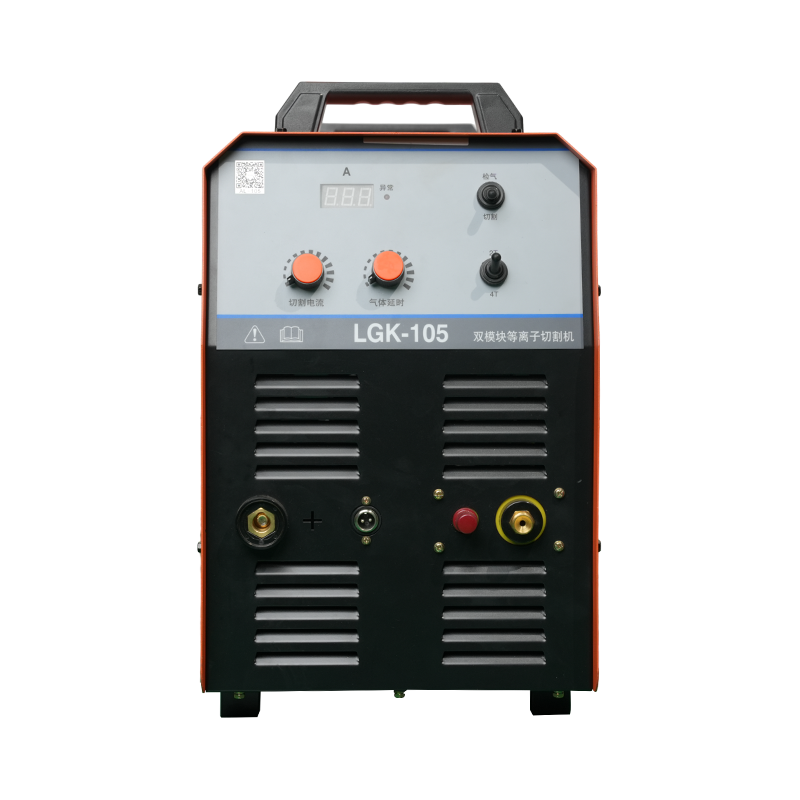
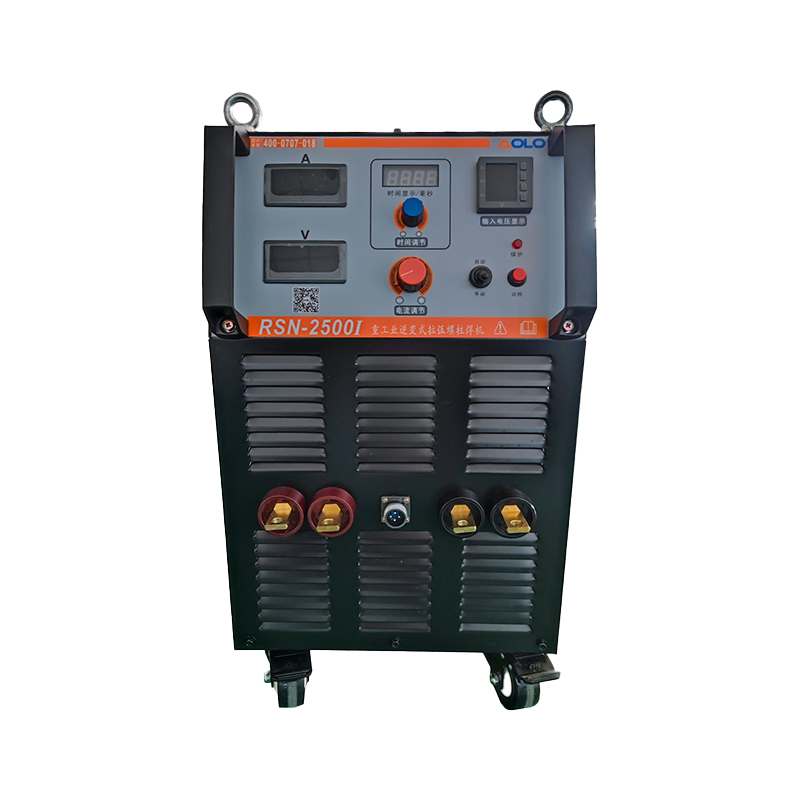
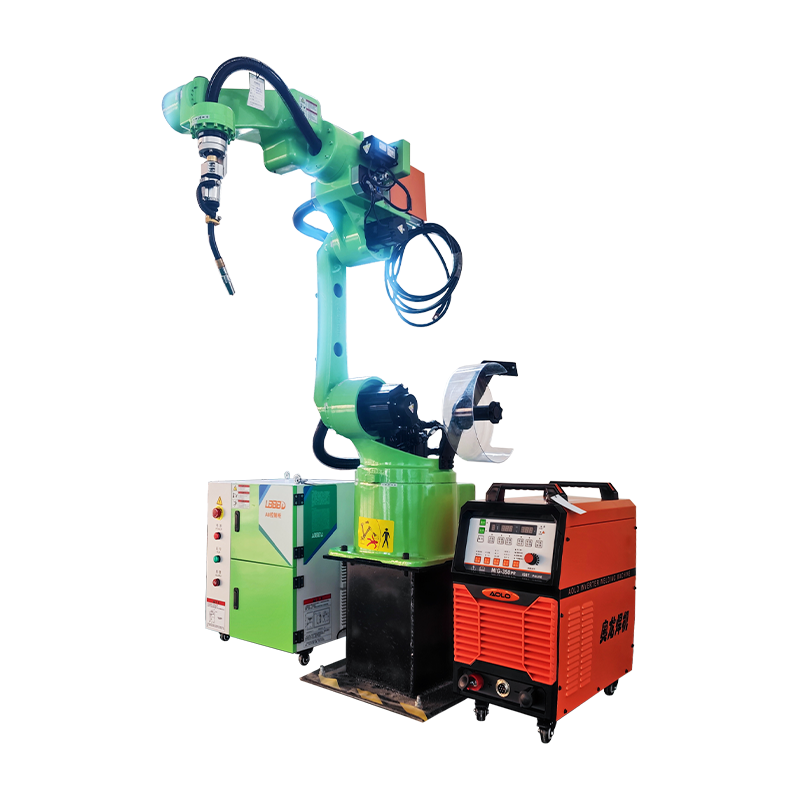









Contact Us